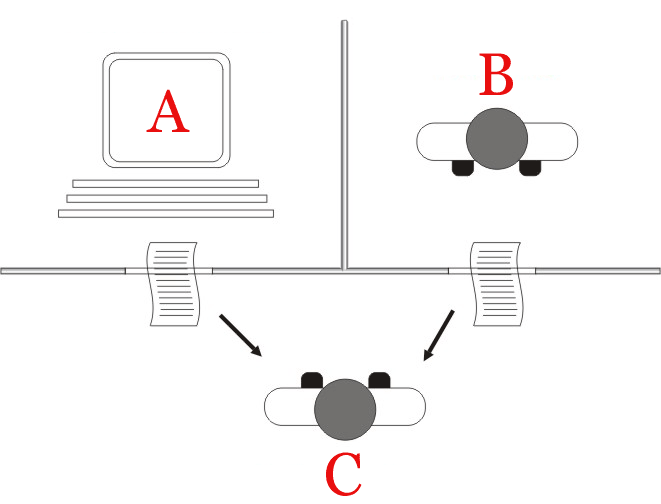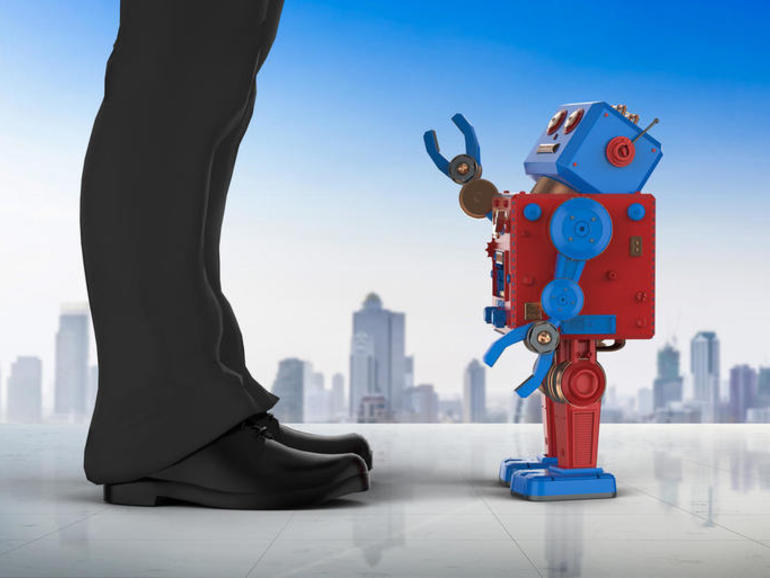Machine Learning & Marketing – Why You Need to Know ‘Why’
Machine learning when it first started to get used in digital marketing was heralded as a game changer. But, how is it really going to change the way that digital marketing is going to function? We ask how machines learn and what that means for you the marketer.
When machine learning was first introduced into a number of marketing platforms it had a lot of people concerned that in time the machines will take over the majority of digital marketing jobs and render humans redundant. However, that has not happened and we thought it was time to put into perspective what machine learning can do and more importantly what it can’t. By understanding the limits of machine learning we can help improve ourselves as marketers and leverage the algorithms more efficiently.
To get a good grounding in what it can and can’t do, it is important to really understand what it is that we have been trying to teach machines to learn. And to do that we have to go back, way back. Back to the 1950’s where the grandfather of theoretical AI, Alan Turing, first wrote his paper ‘Computing Machinery and Intelligence’. In that paper Turing asks the very basic question ‘Can machines think?” But more importantly he opens a deeper question ‘How do machines think?” and it is here that we are able to understand what machine learning can do for us and what it can’t. By understanding how machines are learning we can get a deeper insight as to what information we can feed them and how to interpret the data they spit out.
The Turing Test
In the paper, Turing lays out a test, “The Turing Test”, in which you can test whether a machine can be seen to be thinking or not. The test is simple. In one room is a machine and in the other is a human and in a third room is a human interrogator. The human interrogator gets to ask the human and machine a series of questions and if it is unable to guess which one is the human and which one is the machine more than 50% of the time then the machine is ‘thinking’.
While there have been a couple of cases of machines potentially passing the Turing test, there has been very few concrete bots really demonstrating the ability to carry out complex conversations with humans to a level that would deem them to be thinking. Turing himself felt that a machine would be able to pass the test by the turn of the millennium. However to this day, there still hasn’t been a machine that has categorically passed this simplest of examinations.
Why is this? The main reason behind this can be put down to a single word – Context. Machines lack the world context needed to be able to understand the deeper meaning behind the human questions and interpret them adequately.
Where Machines Get it Wrong
A perfect example of this is happened to me just the other week. My five year old daughter was watching television and when her cartoon came to an end she asked me to play her another one. We have autoplay turned off on Netflix. So, instead of going to my phone and doing this, I ‘Asked Google’. “Hey Google” I said “Play the next episode” . It did! The Next Episode is a track by Dr Dre from his 2001 Album of the same name. Apart from demonstrating my poor lack of music taste it perfectly demonstrates where machines fall down. They lack context. The assistant wasn’t able to see the context, in that we were talking about the cartoons or the larger world context that you simply don’t play gangsta rap to a five year olds.
What the machine is doing is pattern recognition. The machine recognises the pattern of my voice. It understands that it is an instruction and it searches it’s database for a suitable outcome. In this case it deemed the ‘The next episode’ is related to a music track I wanted to play rather than an instruction that I wanted to happen to the television show.. It’s the fact the machines are simply using pattern matching that is their achilles heel. They don’t understand the motivation behind the behaviour. They don’t understand the ‘why’. In marketing, the ‘why’ is key. Understanding the needs and motivations behind behaviour unlocks everything and makes you a better, more empathetic marketer. Without the ‘why’ the machines are still just scratching in the dark to identify what it is that really moves us.
What Can You Do About It?
So what does that mean for us digital marketers. Well, put simply we still have to provide context for the machines. As good as the neural nets are at identifying patterns of behaviour they have no idea ‘why’ these patterns of behaviour occur. If we give them 10 different ads and a goal that we want to achieve they might be able to work out what ad combination is best, but they won’t know why it is and they never will. We have to work out why and we have to feed that information back to them.
Marketing at it’s very core is about understanding people’s motivations and needs. So while machines can see the results of people’s motivations, they can’t understand the reasons behind them. This is where we can come down from our hill forts and stop worrying about how machines are going to take over our jobs. They may be able to take over or, more importantly, improve the parts of our jobs that we don’t want to do, like bid management or ad copy testing. Tasks that require large amounts of data and the need to spot patterns in the data are great for machines. However, once they have found the pattern in the data it is up to us to give it meaning. Only then will we be able to realise it’s true value.
If we are going to be good marketers we need to take time to understand the why of what people do and that is something which a machine, at the moment, is not even remotely capable of doing.
If we keep being curious about the why we will become better marketers and the machines will never catch up.
We hope you found that interesting and informative. We build full funnel digital advertising campaigns that leverage all the data you have in your marketing stack. If you want to find out how we do this or if you just want to chat get in touch with us here.




